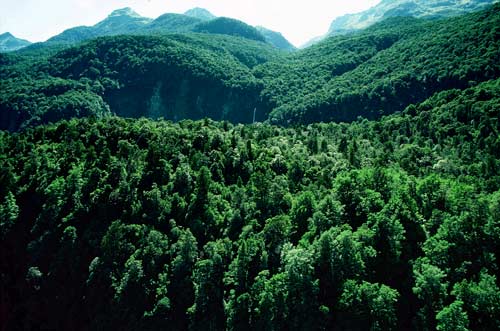Molly Maple: “Hey, Heath, you gonna participate in Earth Day activities this year?”
Heath Hickory: “I don’t know, Molly, I’m not really into that whole Earth Day thing. What’s it about?”
Molly: “Well, it recognizes that the world is now dangerously overcrowded. Did you know there are now about 1 trillion of us? Experts at United Forests say we are now at the carrying capacity of the Earth. Each year billions of us die just due to overcrowding and competition for natural resources.”
Heath: “So? What can I do about it? I’m only one tree. “
Molly: “Well, we could start by not producing so many seedlings. Also, do you ever think about all of the vines, flowers, and shrubs that we displace? They have rights, too, you know.”
Heath: “I don’t know, Molly. Don’t you think that trees have a right to take what we want? I mean…survival of the fittest and all.”
Molly: “Really, Heath? Really? That sounds kinda biophobic to me.”
Heath: “See Molly, that’s why I don’t like to get involved with things like Earth Day. Everyone is so judgmental, trying to tell all the other trees how to live. Just let me live my life as nature intended.”
Molly: “OK, Heath, but you’ll understand someday, when trees have used up all of the natural resources. The experts at the UF all agree that our continued use of atmospheric carbon dioxide could cause mass starvation by the end of this century.”
Heath: “Yeah, well, they’ve been saying scary stuff like that since I was knee-high to a shrub, over 100 years ago. And too many trees like you believe it. So, go ahead and participate in Earth Day. Have fun.”
Molly: “OK, well, I just thought I’d ask. (under her breath) Stupid pin-oak.
Heath: (under his breath) “Hard-headed maple.”

 Home/Blog
Home/Blog




